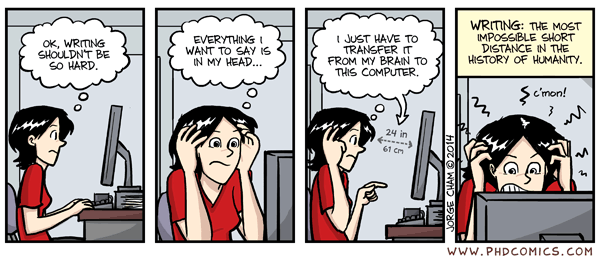Losing block schedule hinders performance
We are accustomed to the hustle and bustle of students scurrying to their classes on 1-6 period days. We are in constant motion. Moving from class to class, trying to retain knowledge from six different subjects in one day.
This kinetic frenzy was eased by a decision teachers made four or more years ago, when they decided to integrate block days into our schedule.
As a student, I am relieved when Wednesday and Thursday arrive because I know for once I will not only be productive but I will have a higher chance of understanding the material. My teachers tend to go in depth and the added amount of time provides for a more flexible and overall comfortable class.
In fact, the Science Department usually saves their best treats for these days. We get to explore ideas and apply our knowledge by performing labs for two hours.
In my foreign language class, I actually understand what I’m saying instead of reciting what I hear.
A block day is a great use of time.
But others do not agree with this.
Every year, teachers review whether to approve the block schedule for the upcoming school year. This year, the 1-6 schedule option won by a two-thirds majority.
One major argument against the current format is that students become less engaged after a certain amount of time. A block schedule can’t guarantee students will be engaged throughout the entire period, but a 59 minute class will undoubtedly have students who can’t keep up to the pace of the teacher.
I’ve been that student, sitting in class with a teacher trying to teach two lessons at once because according to the district, we were behind on the material.
I feel insulted when students ask for a better in-depth explanation of a subject and some teachers reply with, “Well, I’m sorry, you’re just going to have to keep up. Find a tutor to explain it or go to the Homework Center.”
In all fairness, it isn’t entirely their fault that they run out of time.
I recently talked to a former teacher about this situation and we agreed that a block schedule provides the difference between quantitative work and quality work.
According to a North Carolina Public Schools study, the block schedule format allows for higher student retention in foreign languages. It also allows for more in depth work in social studies, English and math classes. Quality labs in science classes, quality products in drama, video production, yearbook, ASB and more.
It makes me wonder why a teacher, who seems to have the best intentions for their students, would rather trade the opportunity of higher retention for a hastily driven class.









